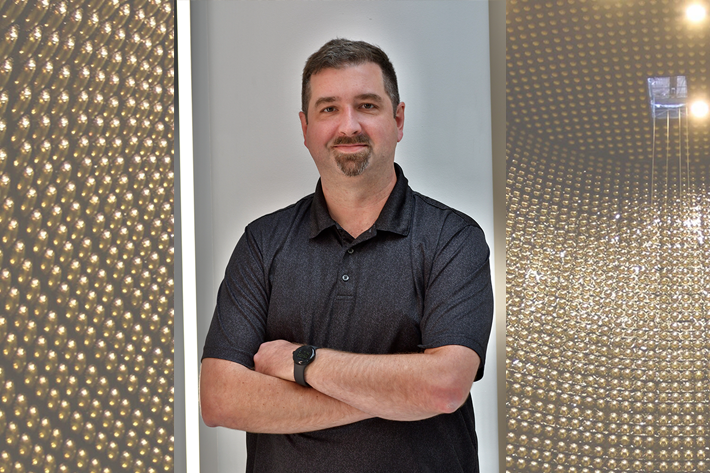Events
Events Calendar
Colloquium: Irfan Siddiqi, UC Berkley
Thursday, Oct. 20, 2022, 3:35 p.m. through Thursday, Oct. 20, 2022, 4:35 p.m.
This colloquium will be in person, in B50 Tate
Abstract: Quantum mechanics describes the physical world around us with exquisite precision, with no known violations of the theory. Ironically, this precision comes with some additional baggage: the theory permits the existence of a host of complex, delicate entangled states of the physical world, many of which have yet to be produced or observed. The debate of whether their quantum entanglement really captures the fundamental nature of the physical world and is an engineering resource is reaching a critical moment. Quantum processors with of order 100 qubits based on superconducting circuitry have recently demonstrated computing power on par with the most advanced classical supercomputers for select problems. Current hardware is, however, prone to errors from materials defects, imperfect control systems, and the leakage of quantum information into unwanted modes in the solid-state. I will describe the major decoherence pathways present in state-of-the-art superconducting quantum processors, illustrate techniques to maximize the computing power of imperfect qubits, and highlight recent quantum computations for determining chemical energies, solutions to the transverse-field Ising model, scrambling dynamics in black holes, and nuclear scattering.
Irfan Siddiqi is the Director, Quantum Nanoelectronics Laboratory (QNL) U of CA, Berkeley
Colloquium: Katrin Heitmann, Argonne National Laboratory
Thursday, Oct. 13, 2022, 3:35 p.m. through Thursday, Oct. 13, 2022, 4:35 p.m.
This colloquium will be in person, in B50 Tate
Abstract: Three decades of surveying the sky have culminated in the celebrated cosmological standard model, yet 95% of the mass-energy of the Universe is still a mystery, residing in dark matter and dark energy. To address these mysteries, major cosmological surveys are ongoing and new ones will soon start. There are tremendous modeling and simulation challenges posed by these observations in order to enable the full interpretation of the associated cosmological measurements. In this talk I will discuss recent advances in large-scale simulations on the way to prepare for the arrival of the first exascale supercomputers. I will describe an ambitious end-to-end simulation project that attempts to provide a faithful view of the Universe as seen through the Rubin Observatory's Legacy Survey of Space and Time (LSST). This resulting synthetic sky provides many opportunities for exploring new ways to optimize the science return of LSST.
Colloquium: Pat Kelly, University of Minnesota
Thursday, Oct. 6, 2022, 3:35 p.m. through Thursday, Oct. 6, 2022, 4:35 p.m.
This colloquium will be in person, in B50 Tate
Abstract: Massive stars drive the evolution of galaxies through their winds, ionizing radiation, and energetic explosions as supernovae (SNe). We have lacked a means, however, to study massive stars in detail beyond the very nearby universe, because it has not been possible to resolve individual stars in distant galaxies. Using the Hubble and, very recently, the James Webb Space Telescopes, we have discovered the first set of individual, highly magnified stars at cosmological distances. These become visible due to their extreme magnification by foreground galaxy-cluster gravitational lenses, with additional time-varying contributions from individual objects in the cluster. The fluctuation of their magnification depends upon the constituents of the foreground galaxy cluster, including of its dark matter, which will allow the use of these stars as powerful probes. I will next describe the measurement of a new, independent estimate of the Hubble constant from a multiply imaged, gravitationally lensed supernova (SN), and novel constraints on the radius of an individual red supergiant star at a lookback time of 11.5 Gyrs. Using the current sample of SNe multiply imaged by galaxy clusters, we have inferred a rate of core-collapse SNe at lookback times of 10-12 Gyrs that is in tension with existing constraints. Finally, I will describe the Total-Coverage Ultrafast Response to Binary Mergers Observatory (TURBO), which will enable insights into SN explosions and the mergers of their compact remnants in the nearby universe.
Public Telescope Viewing
Friday, Sept. 30, 2022, 8 p.m.
Tate Hall
Presentation: Room 105
Viewing: Room 510
Presenter: Derek Perera, John Miller
Topic: Gravitational Lensing
Join us on Friday night for rooftop observing through our historic telescope in the dome of Tate Hall. There will be a presentation followed by outdoor observing (weather-permitting). You will have the chance to observe some of the same celestial objects that have inspired sky-gazers throughout history!
Colloquium: Robert Socolow, Princeton
Thursday, Sept. 29, 2022, 3:35 p.m. through Thursday, Sept. 29, 2022, 4:35 p.m.
This colloquium will be remote only via zoom: https://umn.zoom.us/j/94831171860
Abstract: Physics simplifies, often productively. I report on small personal and collaborative contributions to planetary thinking that have a physics style. Among the topics discussed are global stocks and flows of energy and carbon, geophysically closed carbon cycling, global distributions of individual emissions, project-level committed emissions, linkages between nuclear power and nuclear weapons, and energy-efficient buildings. The goal is to persuade physicists to contribute to the creation of a sustainable world through their research and teaching.
Public Telescope Viewing
Friday, Sept. 23, 2022, 8 p.m. through Friday, Sept. 23, 2022, 10 p.m.
Tate Hall
Presentation: Room B20
Viewing: Room 510
Enter through Church Street Entrance
Presenter: Daniel Warshofsky
Topic: A Star's Life
Join us on Friday night for rooftop observing through our historic telescope in the dome of Tate Hall. There will be a presentation followed by outdoor observing (weather-permitting). You will have the chance to observe some of the same celestial objects that have inspired sky-gazers throughout history!
Misel Colloquium: Carlos Frenk
Thursday, Sept. 22, 2022, 3:35 p.m. through Thursday, Sept. 22, 2022, 4:35 p.m.
B50 Tate Hall
The “Lambda cold dark matter'' (LCDM) cosmological model is one of the great achievements in Physics of the past thirty years. Theoretical predictions formulated in the 1980s turned out to agree remarkably well with measurements, performed decades later, of the galaxy distribution and the temperature structure of the cosmic microwave background radiation. Yet, these successes do not inform us directly about the nature of the dark matter. This manifests itself most clearly on subgalactic scales, including the dwarf satellite galaxies of the Milky Way and especially less massive dark matter halos, too small to have made a galaxy. Apparent contradictions between the predictions from cosmological simulations and observations have led to the perception of a “small-scale crisis” for LCDM. I will argue that this perception stems from an inappropriate application of the simulations and that, in fact, the theory is entirely consistent with available data. I will contrast the predictions of LCDM with those of the interesting alternative of warm dark matter and show how forthcoming gravitational lensing and gamma-ray data can conclusively distinguish between the two.
2022 Misel Family Lecture: Carlos Frenk
Wednesday, Sept. 21, 2022, 7 p.m. through Wednesday, Sept. 21, 2022, 8 p.m.
McNamara Alumni Center, Memorial Hall
Research: Professor Frenk is Director of the Institute for Computational Cosmology and the Ogden Professor in the Department of Physics at Durham University. His research is focused on extragalactic astronomy and cosmology, fluid dynamics, mathematical modeling, and supercomputer simulations.
The William I. Fine Theoretical Physics Institute is proud to host the 15th Annual Misel Family Lecture. This lecture is FREE AND OPEN TO THE PUBLIC. Questions? Please contact us at ftpi@umn.edu or 612-625-6055. We look forward to seeing you there!
Abstract: This lecture is about a future technology, quantum computing, which uses known laws of quantum physics to compute in new ways. Within this technology challenge are at least two profound questions in basic science: which problems can be sped up with a quantum computer, and how can inadvertent measurement be avoided. After a few introductory comments about the first question, this lecture will concern mostly the second question, and will explore some options and the challenges of each.
Read more about Professor Frenk on his Durham University profile and Wikipedia page.
Registration for the lecture is encouraged but not required
Public Telescope Viewing
Friday, Sept. 16, 2022, 8 p.m.
Tate Hall
Presentation: Room B20
Viewing: Room 510
Presenter: Chris Guo
Topic: Solar Flares
Join us on Friday night for rooftop observing through our historic telescope in the dome of Tate Hall. There will be a presentation followed by outdoor observing (weather-permitting). You will have the chance to observe some of the same celestial objects that have inspired sky-gazers throughout history!
Colloquium: Clifford Cheung, Caltech
Thursday, Sept. 15, 2022, 3:35 p.m. through Thursday, Sept. 15, 2022, 4:35 p.m.
B50 Tate Hall
Scattering amplitudes are fundamental observables encoding the dynamics of interacting particles. In this talk I describe how to systematically construct these objects without reference to a Lagrangian. The physics of real-world particles like gravitons, gluons, and pions are thus derived from the properties of amplitudes rather than vice versa. Remarkably, the expressions gleaned from this line of attack are marvelously simple, revealing new structures long hidden in plain sight. In particular, I describe how gravity serves as the "mother of all theories" whose amplitudes secretly unify, among others, all gluon and pion amplitudes. This fact has far-reaching theoretical and phenomenological connections, e.g. to fluid mechanics and to new approaches to the black hole binary inspiral problem.
School News
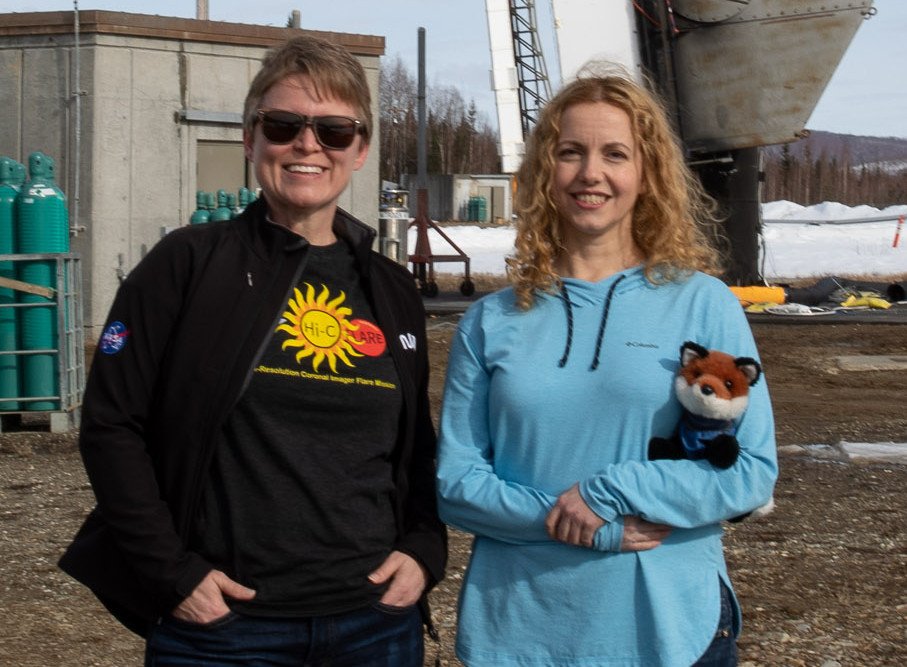
Glesener part of NASA's first solar flare observation campaign
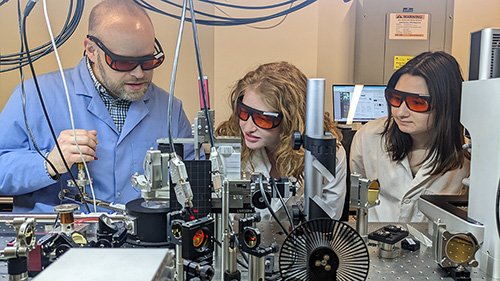
Inside Professor McLeod’s Nano-Imaging Laboratory
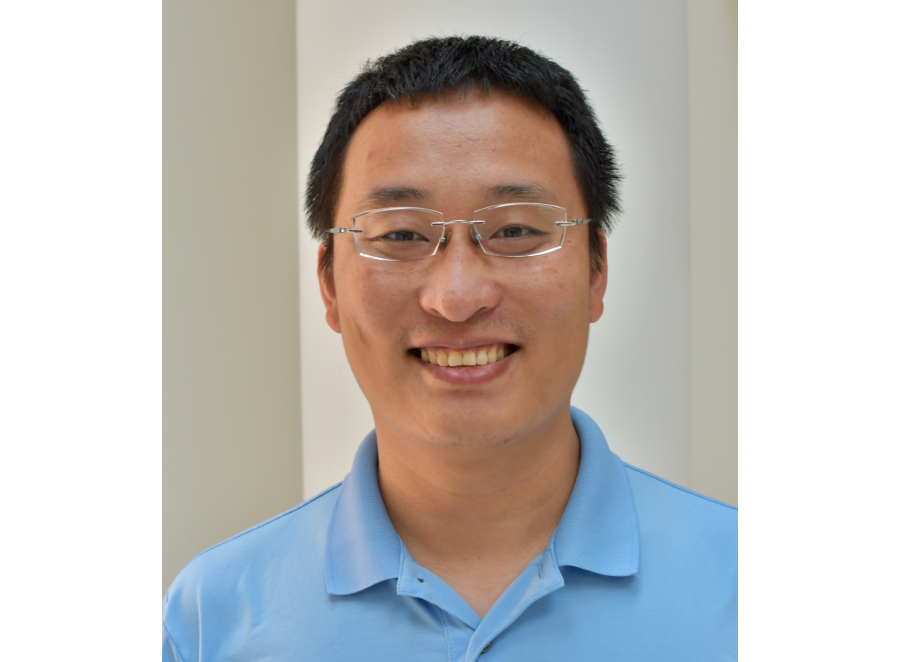
Liu receives prestigious Sloan Research Fellowship for early-career researchers
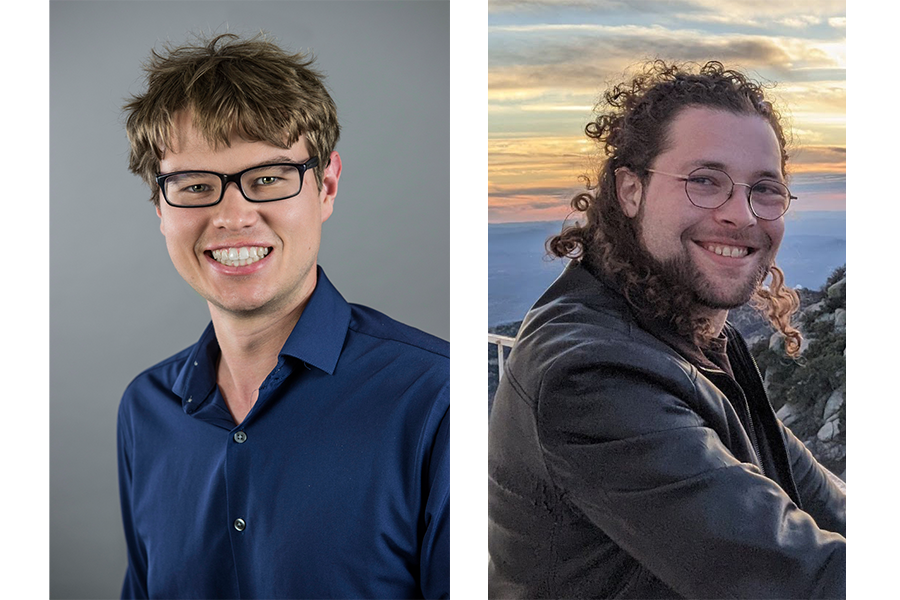
Coughlin and Criswell part of comprehensive UV light survey
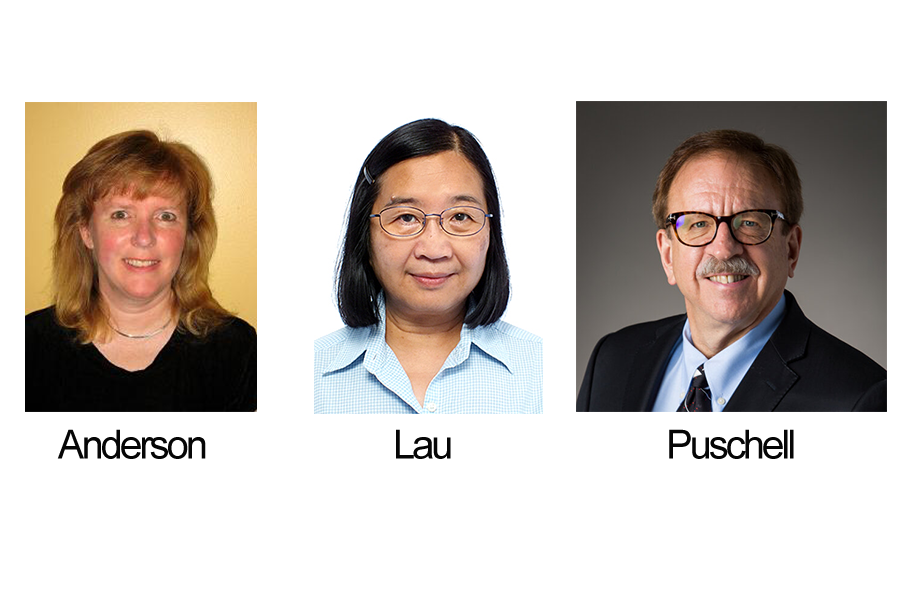
Three School Alumni elected to National Academy of Engineering
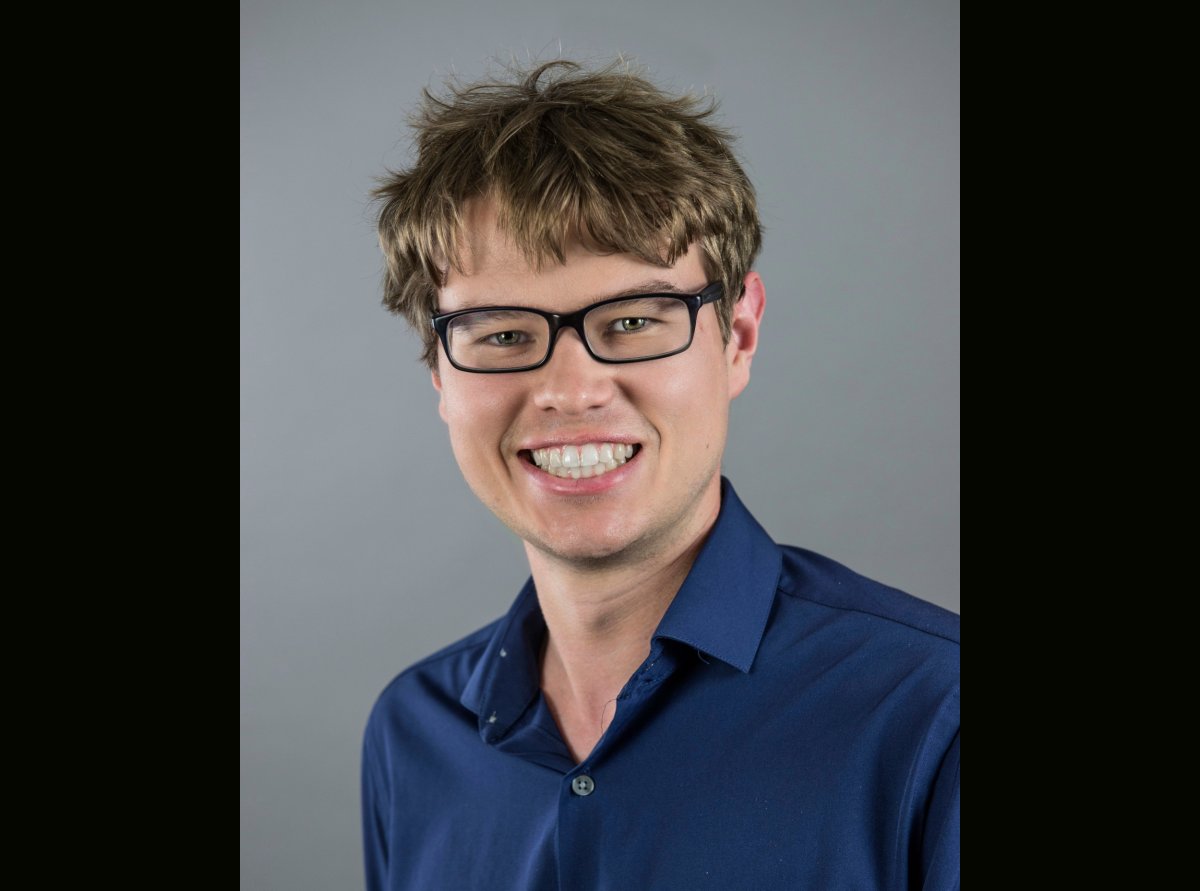
Coughlin receives McKnight Professorship

Humphreys Awarded Medal from Royal Astronomical Society

John Broadhurst, 1935 - 2023
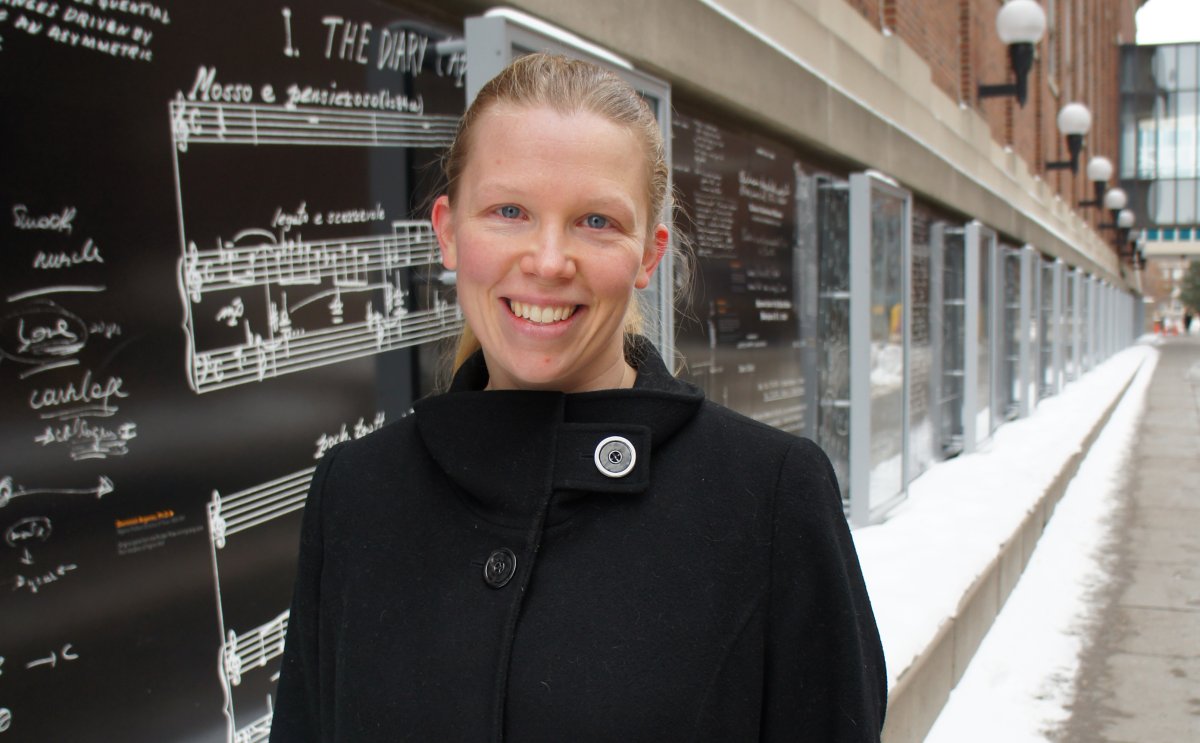
Burnell elected APS Fellow
